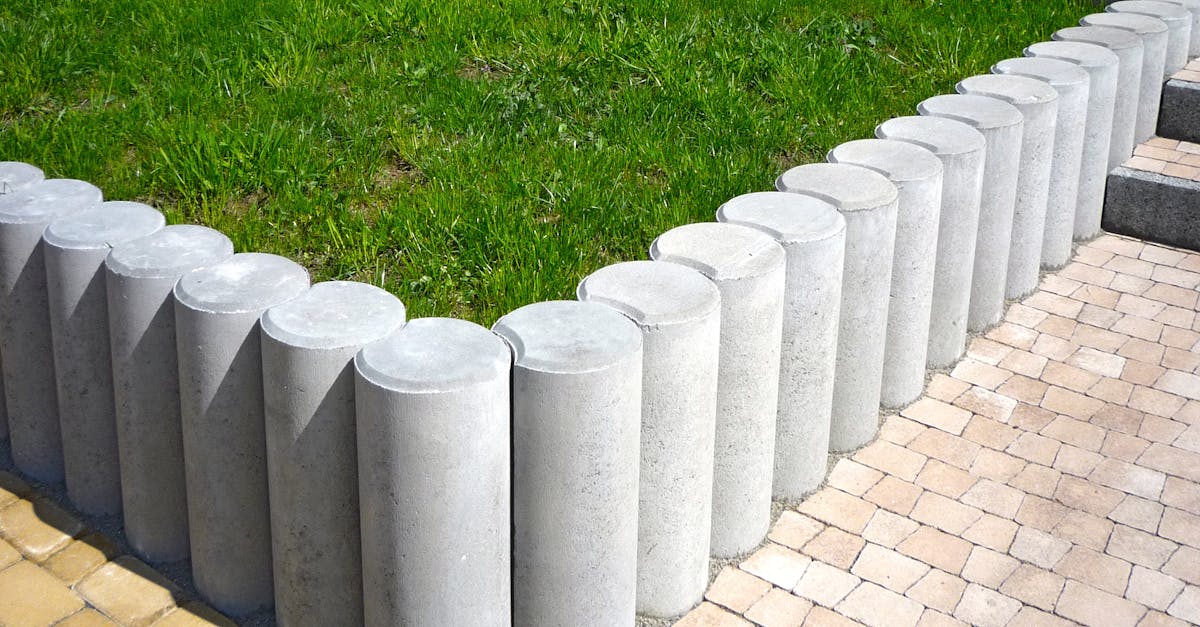
Table Of Contents
Cutting Improperly
Cutting improperly during the pruning process can significantly harm the overall health and aesthetics of your plants. One common mistake is making rough cuts that leave jagged edges, exposing the plant to potential diseases and pests. It's crucial to use sharp, clean pruning tools to make precise cuts that promote quick healing and reduce the risk of infections. Remember that precision is key when it comes to planting and pruning, as sloppy cuts can lead to long-term damage that may hinder the plant's growth and development.
Another mistake to avoid is cutting too close or too far from the main joint or bud. Improper cutting distances can impact the plant's ability to heal properly and may result in weak regrowth or dieback. Understanding the plant's natural growth patterns and making cuts at the appropriate locations will help stimulate healthy new growth and maintain the plant's overall shape and structure. Take the time to learn the correct cutting techniques for different types of plants to ensure the best outcomes for your planting and pruning efforts.
Mastering Correct Cutting Angles and Techniques for Optimal Healing
Mastering correct cutting angles and techniques for optimal healing is crucial in the realm of planting and pruning. When making cuts on branches, it's essential to remember that sharp pruning tools are your best ally. Dull blades can cause unnecessary tearing and damage to the plant tissue, leading to slower healing and increased susceptibility to diseases. Ensuring your tools are sharp before each pruning session can make a significant difference in the overall health and recovery of your plants.
Additionally, understanding the proper cutting angles can aid in the healing process and foster healthier growth. When trimming branches, aim to make clean cuts just above a bud or lateral branch to encourage new growth in the desired direction. Cutting too far from the bud can leave a stub that may invite pest infestations or diseases, while cutting too close can damage the bud itself. By mastering the art of precise cuts at correct angles, you can promote optimal healing and ensure the vitality of your plants.
Neglecting PostPruning Care
After completing the pruning process, many gardeners make the mistake of neglecting post-pruning care. This crucial step is often overlooked but is essential for the overall health and vitality of your plants. Proper aftercare practices can significantly impact the plant's ability to recover and thrive after pruning. Neglecting this step can leave your plants vulnerable to diseases, pests, and other stressors that may hinder their growth.
Planting and pruning go hand in hand, and providing the necessary post-pruning care is vital for the long-term success of your plants. Implementing practices such as applying a layer of mulch to retain moisture, regularly watering your plants, and monitoring for any signs of stress or disease can help promote healthy growth. Additionally, removing any dead or diseased branches and providing the appropriate nutrients will further support the plant's recovery and ensure its overall well-being.
Implementing Proper Aftercare Practices to Promote Healthy Growth
After pruning, providing proper aftercare is essential to ensure the health and vitality of your plants. One vital aspect of aftercare is to water the plants appropriately, especially during dry spells. Adequate watering will help the plants recover from the stress of pruning and encourage new growth. Additionally, applying a layer of mulch around the base of the plants can help retain moisture in the soil, suppress weeds, and insulate the roots from extreme temperatures.
Another crucial aftercare practice is to fertilize the plants to provide them with essential nutrients for growth. Choose a balanced fertilizer and apply it according to the recommended dosage. This will support the plants in developing new foliage and flowers, promoting a healthy and vigorous appearance. Finally, continue to monitor the plants regularly for any signs of distress, pests, or diseases. Promptly addressing any issues that arise will help maintain the plant's health and resilience after the stress of planting and pruning.
Pruning During Flowering Season
Pruning during the flowering season can significantly impact the vitality and aesthetics of your plants. It is crucial to understand the timing and techniques to avoid detrimental effects on blooming and fruit development. Implementing proper strategies for pruning during this period requires attention to detail and a good understanding of your plant's specific needs.
Planting and pruning are closely intertwined processes that need to be well-coordinated, especially during flowering season. Timing is key when it comes to pruning, as cutting at the wrong time can hinder the plant's ability to produce vibrant blooms. By being mindful of the growth cycle and particular requirements of each plant species, you can ensure that your pruning efforts enhance the overall health and beauty of your garden.
Understanding the Impact of Pruning Timing on Plant Blooms and Fruiting
When it comes to maintaining a healthy garden, understanding the impact of pruning timing on plant blooms and fruiting is crucial. Different plants have specific times during which they should be pruned to ensure optimal growth and flowering. Planting and pruning at the right time can make a significant difference in the overall health and appearance of your plants.
Pruning during the incorrect season can lead to stunted growth, decreased blooming, or even damage to the plant. By familiarizing yourself with the specific needs of each type of plant in your garden, you can ensure that you are pruning at the most appropriate time. Timing is key when it comes to pruning - it's not just about cutting back branches, but about orchestrating the growth and development of your plants to maximize their potential.
FAQS
Why is it important to avoid cutting improperly when pruning plants?
Cutting improperly can lead to damage and stress on the plant, making it more susceptible to diseases and pests. It can also affect the plant's overall health and growth.
How can mastering correct cutting angles and techniques help in optimizing the healing process of plants after pruning?
Using the correct cutting angles and techniques can help plants heal faster and more efficiently after pruning, reducing the risk of infections and promoting healthy growth.
What are the consequences of neglecting post-pruning care for plants?
Neglecting post-pruning care can leave wounds open to infections, hinder the healing process, and weaken the plant's overall health. Proper aftercare is essential for promoting recovery and growth.
What are some proper aftercare practices that can be implemented to ensure healthy growth after pruning?
Proper aftercare practices include applying wound sealant, providing adequate water and nutrients, monitoring for signs of stress or disease, and avoiding unnecessary stress on the pruned plant.
Why is it important to understand the impact of pruning timing on plant blooms and fruiting?
Pruning at the wrong time can disrupt the plant's natural growth cycle, leading to reduced blooming or fruiting. Understanding the impact of pruning timing can help maximize the plant's flowering and fruiting potential.


